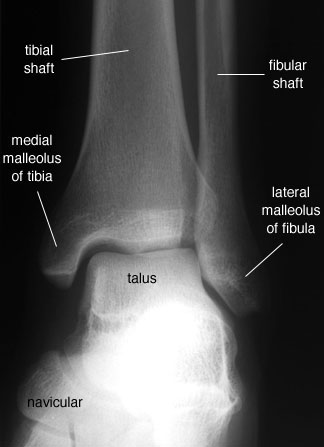

You’ll sit on the table, and the technician will place a lead apron over you to shield the rest of your body from the radiation (another precaution that wasn’t taken when this practice was in its infancy). The entire procedure may take as long as fifteen or twenty minutes, but you will be exposed to the x-ray radiation for less than a second.

Your doctor will decide whether it is safe to proceed given the circumstances, the suspected severity of your injury, and what stage of development your pregnancy has reached.

Developing fetuses are more sensitive to radiation than adults, and under certain circumstances there may be a risk that the radiation could harm your unborn baby. If you are pregnant, you must let the doctor know before allowing yourself to be exposed to x-rays. You will need to remove any jewelry or metal objects you may be wearing-for example, an ankle bracelet or toe ring. What to Expect During Your Foot X-Ray Procedureīefore the x-rays are taken you will be asked to take off your shoes and socks and roll up the legs of your pants. While it is not considered healthy to have x-rays taken too often (unless it is otherwise medically necessary), x-rays today present almost no danger to the average person. Over time, however, doctors came to better understand the dangers of radiation-induced cancer and other illnesses, and the science of photography improved enough to allow better, clearer x-ray images to be taken with more sensitive, “faster” film that would form images with less exposure. In the late nineteenth and early twentieth centuries, when x-ray technology was brand new, doctors and scientists did not understand that exposure to radiation could be dangerous, and doctors and x-ray technicians subjected patients to frequent and dangerous doses of radiation, sometimes with deadly results. Osteoporosis, a condition in which the bones become weak and brittle, is detectable on an x-ray image because the radiation passes more easily through the places where bone density has been lost, and these areas show up on the image as darker spots. X-rays can also detect tumors-whether they appear in the bone or in the soft tissue-as well as cysts that may develop in places where they can be felt but are not visible to the naked eye. If you have a broken or fractured bone in your foot or ankle and need to wear a cast for a few weeks, x-rays will also be taken after the cast comes off in order to make sure that the bone has healed correctly and is properly aligned. What X-Rays Can Tell Your DoctorĪn x-ray image can tell your doctor whether a bone has been broken or fractured, or whether a joint has been dislocated. In the photographic image that is produced, the soft tissues appear a very dark gray, but the bones appear white, as does anything else that is dense enough to block most of the radiation passing through your body. The x-ray radiation passes easily through the soft tissues in your body, but denser material such as bone-or a metal foreign object-blocks it, just as your body blocks sunlight to cast a shadow on the ground in front of you. The process of medical x-ray imaging (known as medical radiography) uses film-or more often nowadays, a digital sensor-that is sensitive to x-ray radiation in the same way that conventional photographic film is sensitive to the visible light spectrum. Unlike visible light, however, x-ray radiation is powerful enough to pass through the human body. X-rays, like light, are a form of electromagnetic radiation. If you are experiencing foot pain and do not know the cause, x-rays may help you and your doctor to arrive at the answer. In addition to determining whether bones have been broken or fractured, X-ray images can also be used to detect arthritis, osteoporosis, dislocations, or tumors.Įven if none of those conditions are suspected, x-rays are often useful for diagnosing mysterious aches and pains. If you’ve injured your foot and your doctor suspects that a bone may be broken or fractured, he or she may want to take x-rays.


 0 kommentar(er)
0 kommentar(er)
